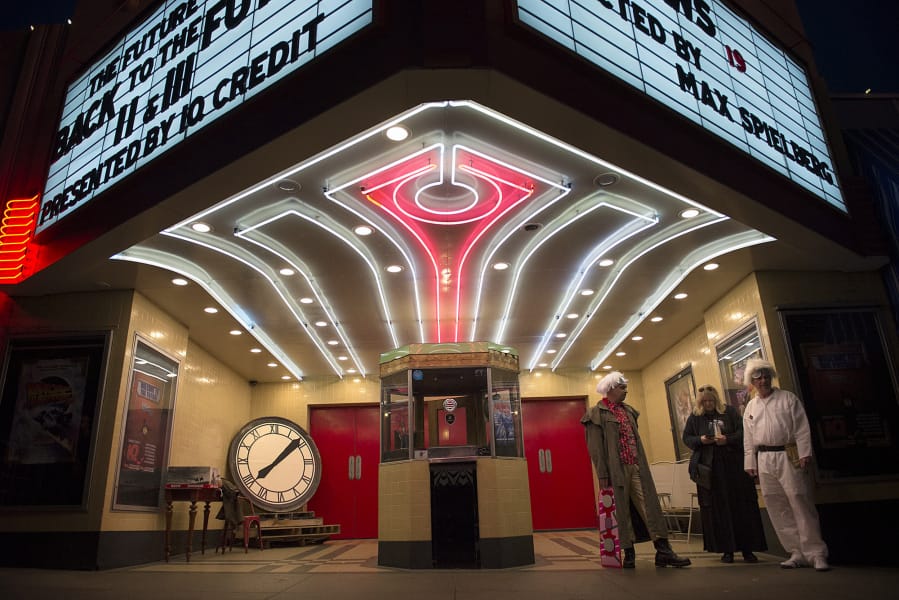It takes a well-rounded person to be a well-rounded architect. That may be why Day Hilborn became the signature architect for Southwest Washington.
Hilborn wasn’t just a guy who dreamed up buildings and drew lines on paper. He was an actor, singer and pianist with an abiding love of community theater. He was a high school basketball star and a soldier during World War I. He was a college art major who had to be urged to switch to architecture. After that, he worked as a real estate broker and construction engineer before becoming a working architect. Later in life, he was active in his church and the Salvation Army, sat on important community committees, served on the Vancouver Court of Appeals — and sang with his buddies in a barbershop quartet.
On Oct. 4, Sean Denniston, a building expert and a member of the Clark County Historic Preservation Commission and the Clark County Historical Society board, will guide an audience through the life and architectural achievements of Day Hilborn. He’ll highlight Hilborn’s background, influences, design gems and legacy. Denniston’s talk is set for 7 p.m. at the Clark County Historical Museum, 1511 Main St. in Vancouver; space is limited so you’re advised to show up early for first-come, first-served seating.
Man about town
Even if you didn’t know it, Hilborn has surely affected your life and travels here in Clark County. His projects included huge facilities such as the 1933 Kiggins Bowl stadium and grand art deco marvels such as the 1941 Clark County Courthouse; he also designed modest commercial outposts such as the standalone 1949 Spic-N-Span Drive-In on Washington Street downtown (which long since became home to a Muchas Gracias drive-thru restaurant).




